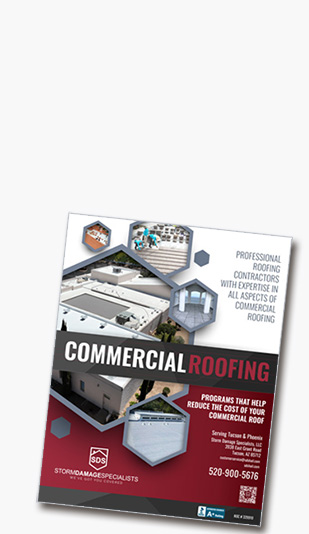The Tucson and Pima County area has a lot to boast about. Being local residents ourselves, our team at Storm Damage Specialists (SDS) is particularly fond of our little slice of desert. However, residents and business owners know this area also comes with its share of challenges, and flat roofs are no exception!
If you are experiencing flat roof issues, there could be a number of causes. SDS is here to break down potential sources of damage so you can get it addressed quickly with minimal impact on your operations and your wallet.
Sun
As a business owner, you know the importance of a sturdy and reliable roof over your head. However, you may not be aware that one of the most powerful forces of nature, the sun, can wreak havoc on your commercial flat roof. The extremely powerful infrared radiation (IR) and ultraviolet light (UV) emitted by the sun are the primary culprits behind this damage.
Infrared Radiation
Infrared radiation has the potential to cause significant shifts in the temperature of your roof. It’s not uncommon for the sun’s IR radiation to heat the surface of your roof to over 150° F during the scorching summer days, only to plummet to under 90° within 8 to 12 hours when night falls. This temperature roller coaster forces your roof to expand with the heat and contract with the coolness. The constant strain of expansion and contraction can result in the failure of the membrane, flashings, and fasteners if they loosen or crack due to this repeated stress.
Ultraviolet Light
Ultraviolet light is another solar offender. UV light can sap the moisture out of your commercial roof, which may lead to cracks and, if left unaddressed, larger issues down the line. Commercial roofing systems, such as asphalt roofs or built-up (BUR) roofs, are especially vulnerable to UV light oxidation. In some cases, the BUR system may even melt and thin. If the asphalt begins to break down, the rest of the roof system is at risk.
Rain and Hail
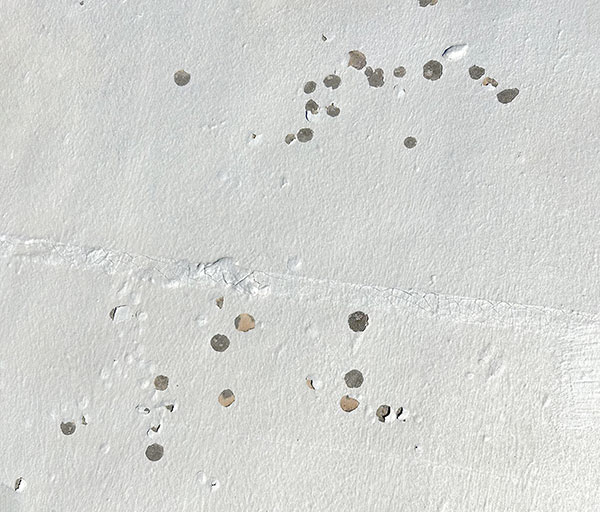 The severe storms we see in Arizona can cause significant damage to flat roofs made from TPO, PVC, EPDM, modified bitumen, and others. When hail, whether pea-sized or as large as a baseball, strikes, it can leave divots. These divots can stretch and cause leaks during heavy rainfall if left unchecked.
The severe storms we see in Arizona can cause significant damage to flat roofs made from TPO, PVC, EPDM, modified bitumen, and others. When hail, whether pea-sized or as large as a baseball, strikes, it can leave divots. These divots can stretch and cause leaks during heavy rainfall if left unchecked.
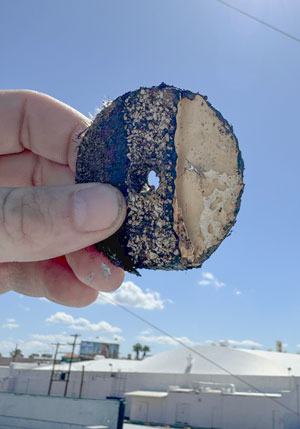
PVC roofs, unlike TPO, can show hail damage more clearly thanks to their woven pattern. Modified bitumen flat roofs are rugged, so detecting hail damage can be challenging. With Built-Up Rock Ballast roofs, hail damage is often found at the edges. These roofs hold moisture, which may cause leaks inside the building. On the other hand, hail could break the first layer of a foam roof, turning it into a water sponge. If severe, the damage could penetrate the depths of the roof, calling for a complete replacement.
Thermal Shock
Sudden changes in indoor and outdoor temperatures can wreak havoc on your commercial roof, resulting in costly repairs or replacements. Temperature fluctuations can trigger a phenomenon known as thermal shock. When your roofing material expands and contracts rapidly in response to heat or cold, it may crack or buckle, and the fastener holes may enlarge.
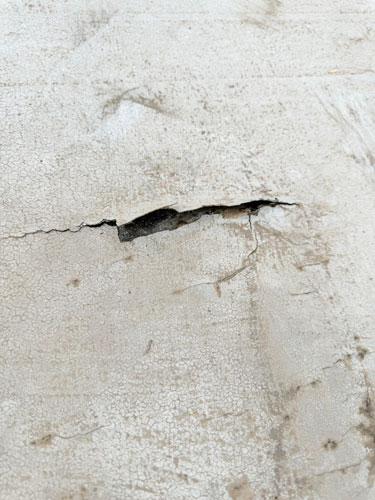 This problem is exacerbated if your roof comprises different materials, as each expands and contracts at different rates. Over time, the cumulative effects of thermal shock can lead to leaks and necessitate roof repair or replacement. Commercial roofs made from metal or older membrane materials are particularly vulnerable to thermal shock.
This problem is exacerbated if your roof comprises different materials, as each expands and contracts at different rates. Over time, the cumulative effects of thermal shock can lead to leaks and necessitate roof repair or replacement. Commercial roofs made from metal or older membrane materials are particularly vulnerable to thermal shock.
Temperature changes also affect the flashing on the roof, which seals the joints between your roofing material and other structures on your building. The flashing can loosen as the roofing material moves, creating gaps where water can infiltrate.
Modern materials such as single-ply PVC membrane roofing have been developed to withstand these elements. When you get a new roof from SDS, we will discuss the best materials to reduce the risk of thermal shock damage.
Strong Winds
As robust as they are, flat commercial roofs are not immune to the damaging effects of the strong winds we see during Tucson’s monsoon season. Although flat roofs are strategically designed with less wind resistance, there are unavoidable conditions that can potentially cause harm.
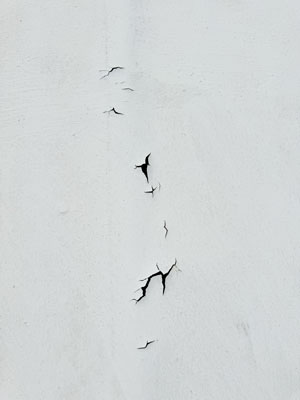 One of the main culprits for roof damage is wind uplift. Wind uplift occurs when winds find a way under the roofing materials, creating an upward pull. This is commonly indicated by the appearance of bubbles or wrinkles on the roof surface. While this may not immediately compromise the roof’s integrity, it can lead to severe damage over time.
One of the main culprits for roof damage is wind uplift. Wind uplift occurs when winds find a way under the roofing materials, creating an upward pull. This is commonly indicated by the appearance of bubbles or wrinkles on the roof surface. While this may not immediately compromise the roof’s integrity, it can lead to severe damage over time.
Additionally, wind uplift can facilitate water ingress under the roof material. This will compound the damage by exposing the roofing membrane to moisture, leading to rot, corrosion, and potential termite infestation. Debris can also find its way under the membrane, exacerbating deterioration.
Wind scouring is another destructive force that flat roofs can encounter. This phenomenon occurs when gusty winds are strong enough to blow off the granules from the roof or deplete or move the gravel on a BUR system.
Even moderately strong winds blowing for extended durations can inflict substantial damage. If wind scouring has occurred on the roof in the past, it will also impact how it withstands the force of the next windstorm. Regular maintenance and using quality materials can significantly enhance the roof’s resistance to wind damage.
Shoddy Installation
Roofing requires both the skill and will during the construction process. It demands precision, proper installation techniques, and quality materials to ensure the safety and stability of a building. We get many calls at SDS from businesses experiencing roof problems due to improper installation by another contractor.
The Role of the Installer
The blame for a poor roofing job often rests squarely on the shoulders of the installer. An installation that’s done in haste, with shoddy materials and crooked seams, can lead to complications down the line. The roof may seem perfect initially, but hidden flaws in the craftsmanship could surface later, causing structural weakness in the roof as a whole.
Substandard installation, such as inferior caulking or inadequate roof valley flashing, also sets the stage for potential problems. These physical shortcomings can translate into more severe issues like roof leaks or even total roof failures, particularly in the case of flat roofs, which inherently face drainage challenges.
The Perils of Incomplete Repair
Another common problem is incomplete roof repairs, where an issue is quickly patched over instead of being fully addressed. This “Band-Aid” approach to roofing repairs isn’t good in the long run. Covering a problem doesn’t fix it, and the issues will eventually resurface, often worse than before. This is why it’s imperative to hire experienced roofers like SDS instead of attempting a DIY repair.
Lack of Maintenance
If regular inspections and maintenance are neglected, your commercial roof could quickly transform into a costly nightmare, with potential issues ranging from water damage and infiltration to punctures that could greatly reduce its lifespan.
Indicators of a poorly maintained flat roof can include blisters under the roofing membrane caused by sunlight, heat, or water intrusion, loose roofing membrane or flashing, and water spots on your ceiling indicating a potential roof leak.
Whether you’re dealing with an EPDM or PVC roof, taking a proactive approach to maintenance and promptly addressing signs of damage will not only extend the lifespan of your roof but also save your pocket from costly repairs or potential roof replacements. Please read our article about commercial roof maintenance for more information.
Blistering and Alligatoring
Blistering and alligatoring are other common issues that can damage commercial roofs in Arizona.
Blistering
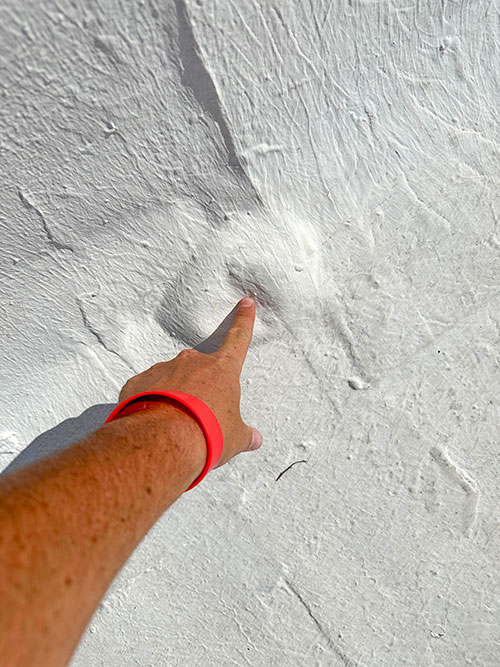 Blistering is a common roofing phenomenon primarily caused by trapped air or moisture between the membrane layers of your roof or between the membrane and the roof deck. As the sun intensifies its heat throughout the day, these trapped pockets start to expand, stretching the membrane beyond its limits.
Blistering is a common roofing phenomenon primarily caused by trapped air or moisture between the membrane layers of your roof or between the membrane and the roof deck. As the sun intensifies its heat throughout the day, these trapped pockets start to expand, stretching the membrane beyond its limits.
In severe cases, the intense pressure inside these pockets may lead to a crack in the roof membrane. Even if the membrane doesn’t crack immediately, the issue doesn’t end there. Once blisters form, the membrane stretches permanently, making it even more susceptible to moisture and air infiltration.
Consequently, with each sun exposure, the blisters potentially grow a bit larger, perpetuating the issue in a cyclical manner. This continuous cycle, if not addressed promptly, can exacerbate roof damage.
Alligatoring
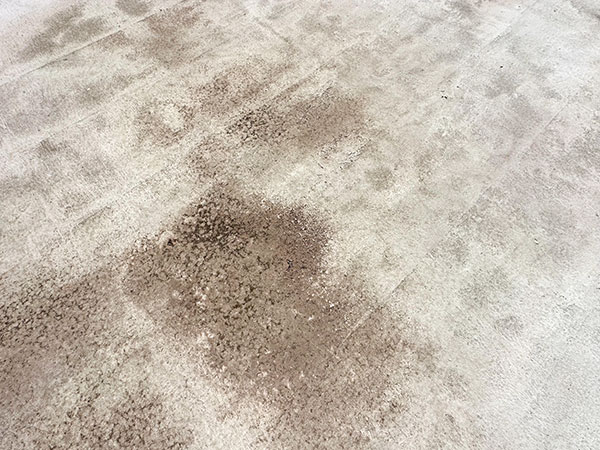 Alligatoring, on the other hand, is an indication that your flat roof is showing signs of aging. It’s a phenomenon where the roof’s surface develops visible small cracks, somewhat resembling the rugged skin of an alligator, hence the term. It’s primarily caused by the damaging UV rays from the sun, which dry out and degrade the roof’s surface coatings over time.
Alligatoring, on the other hand, is an indication that your flat roof is showing signs of aging. It’s a phenomenon where the roof’s surface develops visible small cracks, somewhat resembling the rugged skin of an alligator, hence the term. It’s primarily caused by the damaging UV rays from the sun, which dry out and degrade the roof’s surface coatings over time.
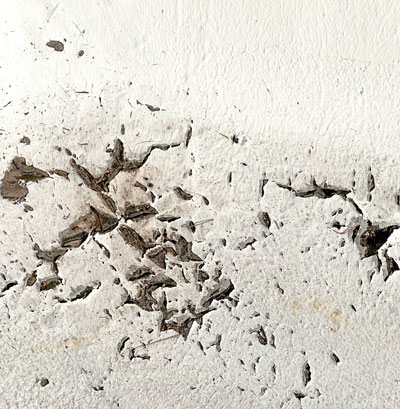
Typically, this type of roof damage becomes apparent after three to five years. But the problem doesn’t stop at surface-level cracking. If neglected, the effects of alligatoring can worsen. Environmental factors such as sunlight and cyclical heating and cooling shifts between day and night all contribute to the development of new cracks while existing ones widen.
Standing Water
A common problem that property owners often run into is roof ponding, i.e., the accumulation of water in certain areas of the flat roof.
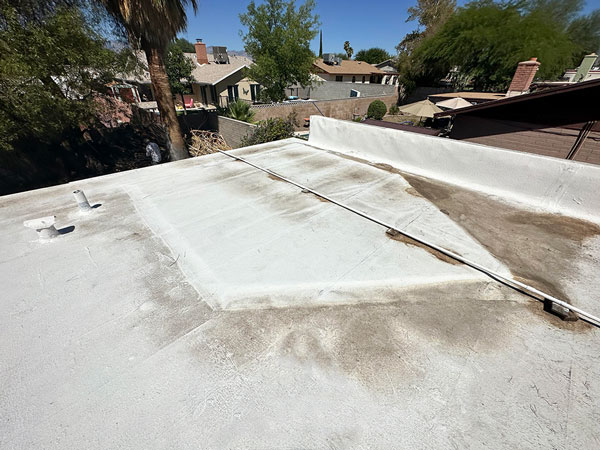 Ponding refers to the condition when water remains on a roof for more than about 24-48 hours. More often than not, this leftover water gathers in dips or around drains, gradually posing a serious threat to the roof and the overall structure of the property.
Ponding refers to the condition when water remains on a roof for more than about 24-48 hours. More often than not, this leftover water gathers in dips or around drains, gradually posing a serious threat to the roof and the overall structure of the property.
The excessive weight of water can lead to structural damage, strenuously stressing the roof trusses and other parts of the building. In worst cases, the accumulated water can exceed the safe weight limits the building could potentially support, raising alarming concerns over the stability of the structure.
Further, the constant exposure to water can erode the roof materials, hastening the process of roof failure. This phenomenon not only results in costly repairs but might also require a complete overhaul of the roof.
In addition to this, accumulated water can become a thriving ground for algae, moss, and lichen. This vegetation can discolor and damage your roofing materials over time. Furthermore, standing water can invite animals and insects, potentially leading them to harm the roof or other parts of your home or business, while also disrupting your quality of life.
One of the pervasive problems associated with roof ponding is leakage. This happens when the depth of the ponding surpasses the height of the flashing on a roof feature, allowing water to seep into the underlying structure.
Despite the name, flat roofs aren’t actually flat; a slight pitch must be induced during the installation to guide the water toward the roof drains. Other factors, such as drainage issues, compressed insulation, structural issues, and HVAC leaks, could also contribute to ponding. In essence, ensuring correct installation and regular maintenance can go a long way in preventing roof ponding.
Improper Ventilation
Roof vents are crucial for the longevity of your flat roof. The hot air that accumulates in your building’s attic due to insufficient ventilation can wreak havoc on your roof, leading to costly repairs. Here’s how improper ventilation can severely damage your roof:
Moisture Buildup
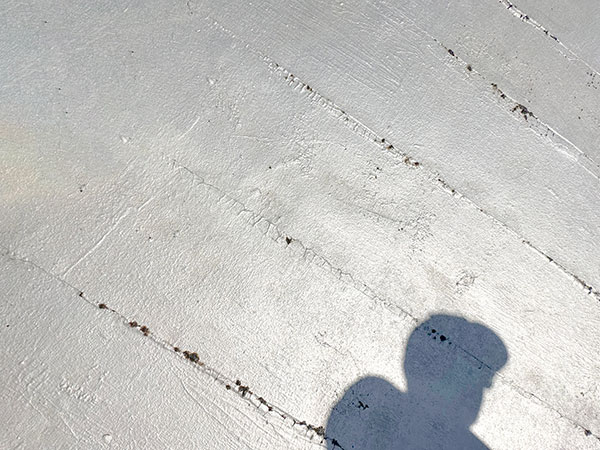 Insufficient roof vents often result in excessive moisture buildup during cold winter months. This moisture doesn’t just stay idle—it slowly eats away at your roof, leading to decay and damage over time. The rust forming on your roof nails and venting duct straps can lead to long-term structural issues.
Insufficient roof vents often result in excessive moisture buildup during cold winter months. This moisture doesn’t just stay idle—it slowly eats away at your roof, leading to decay and damage over time. The rust forming on your roof nails and venting duct straps can lead to long-term structural issues.
Rising Indoor Temperatures
When the attic isn’t well-ventilated, it becomes a heat trap. The temperature can rise to over 150° in the summer, making the upper floors of your building up to 10° hotter than the first floor. This leads to discomfort and increases energy bills as you’ll need to use your air conditioning system more. Over time, continual heating and cooling can strain your roofing materials, leading to possible damage and a decreased lifespan for your roof.
Roof Material Damage
The trapped moisture in your attic can lead to ugly and potentially harmful mold, algae, or fungus growth on your roofing materials. These biological growths can slowly damage your roof, causing it to rot and decay over time.
Roof damage happens. Lessen the blow with SDS!
Knowing the common causes of roof damage is a first step, but prevention and repair are equally as critical. If you call SDS soon enough, we can often do repairs before a completely new roof is necessary. However, if you need an entirely new roof, ensure it is installed properly by hiring the experts at SDS.
Regardless of the cause of your flat roof problems, we have you covered. Call SDS today for a free quote to get your roof headaches fixed before they become a nightmare!

